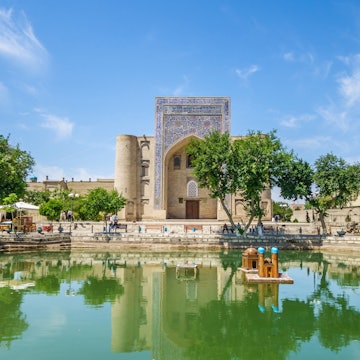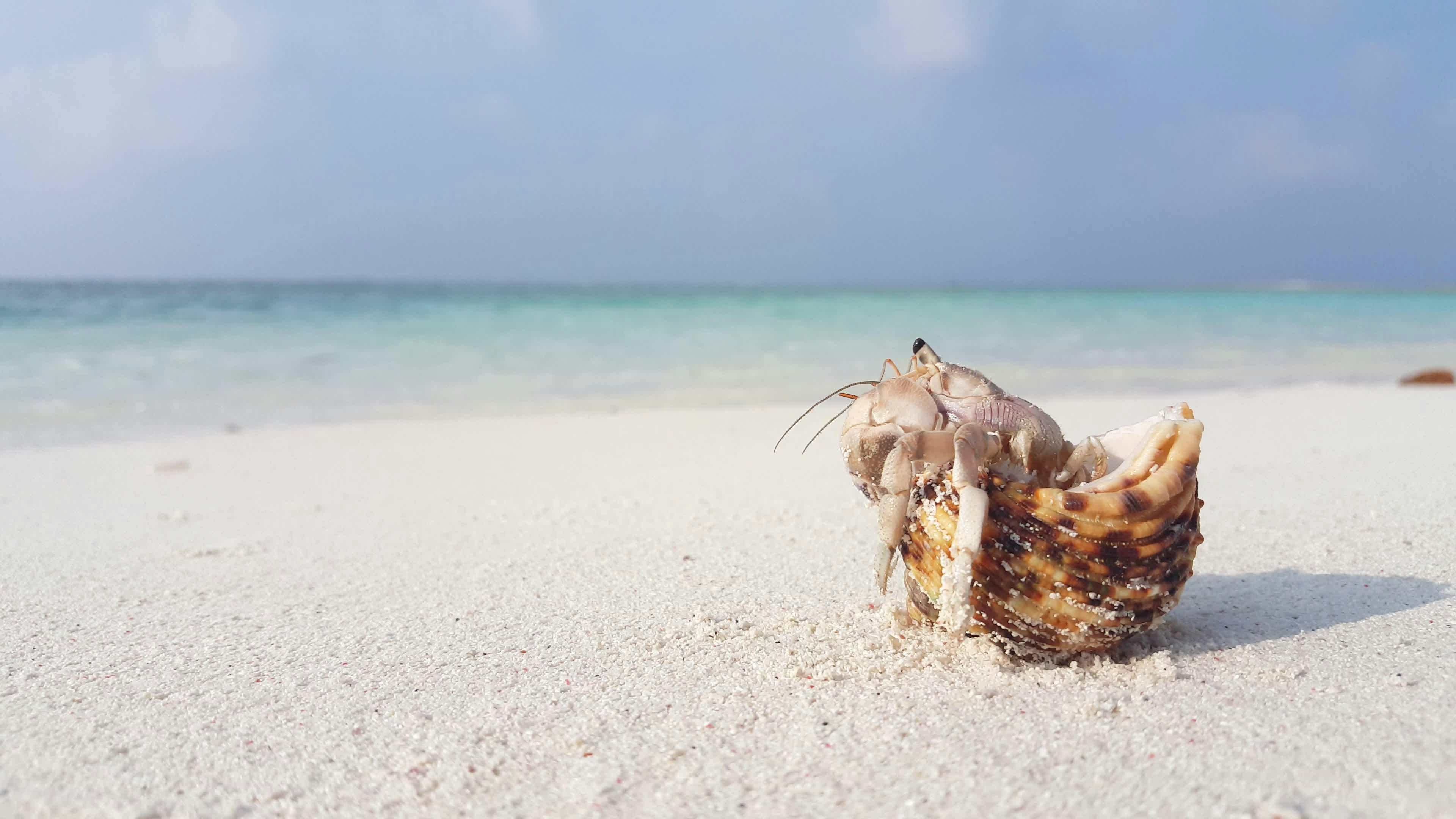

Pick an alternative to a luxury resort with this guide to visiting the Maldives on a budget © DavorLovincic / Getty Images
The Maldives might not be the world’s cheapest holiday destination, but it is possible to cut back on what you spend with some clever planning and a spot of compromise.
For example, it'll cost more to stay in an over-water villa (seriously overrated, by the way!) than in a beach villa, and if you drink alcohol, consider saving some dollars by abstaining for the duration of your stay. Here’s our essential guide to exploring the Maldives on a budget.

Daily costs in the Maldives
Nightly rate at resorts: US$300 to US$2000+ per night on a bed and breakfast basis (opting for all-inclusive packages will generally result in a minimum rate increase of around 30%).
One-way seaplane journey from Male: US$250 to US$400
Return scheduled flight from Male with a domestic airline: US$150 to US$550
Glass of wine (if not included in package) on a resort island: US$10+
One-tank scuba dive at a resort: US$100 to US$200
4-day PADI basic scuba diving qualification: US$400 to US$700
Nightly rate for a guesthouse on a local island: US$30 to US$60
Dinner at restaurant on a local island: US$7 to US$20
Fly via the Middle East or India
Most visitors to the Maldives prefer to fly direct to Male, which means the few airlines which fly direct long-haul routes can afford to charge extortionately high air fares (you’ll be lucky to bag direct return flights from North America for under US$1500). One way to cut the cost is to fly via transport hubs such as those in the Middle East. Airlines serving Male include Etihad, Emirates and Qatar Airways, transiting in Abu Dhabi, Dubai or Doha. A growing number of Indian airlines also operate routes between Male and cities such as Mumbai and Delhi, so it’s also worth considering transiting in India and continuing on to Male with an Indian airline such as Vistara or IndiGo.
Travel in the off-season
Visiting the Maldives during the off-peak monsoon season, between May and November, can mean serious savings. Although there really isn’t a bad time to visit the Maldives, keen divers and snorkelers should note that the sea can be slightly rougher and cloudier during monsoon season. However, diving is possible year-round here, and these months also happen to be the best times for surf sessions – several resorts, including Six Senses Laamu, now have surf schools.
Swap the seaplane for a speedboat
There is a lot of variation in the cost of seaplane flights, but a one-way ticket typically costs a minimum of US$250, with prices reaching US$400. However, there are many resorts that can be reached on just a short boat ride from Male airport. Complimentary boat transfers – typically on yacht-style vessels with plush seating areas and fridges stocked with chilled drinks – will always be included in the price.
If your resort isn’t accessible by speedboat, find out if there’s a domestic airport nearby. The Maldives has 13 domestic airports, so even if you’re staying at one of the country’s most remote properties, it’s likely you’ll be able to reach it with a combination of scheduled flights (which are much cheaper than seaplane journeys) and short complimentary speedboat rides.

Opt for a larger island with more accommodation choice
In the Maldives, bigger is often better – especially when it comes to value for money. Smaller resorts with just 15 or 20 over-water villas will book up much earlier in advance, and their perceived exclusivity will often mean higher prices. Choose a larger resort, such as Siyam World, which is one of the largest, with over 472 villas and 21 accommodation categories, and you’ll have a wider choice of accommodation, ranging from decadent over-water villas to more affordable one-bedroom beach cottages.
Choose a beach villa rather than an over-water one
The Maldives is famous for its over-water villas, but the huge demand for this type of accommodation means they come with a high price tag. Additionally, there are down-sides to these villas, which are often on over-water boardwalks far from the center of the resort, and you won’t have direct access to the beach, either. Book a beach villa, which will almost always come with a much lower price tag – you’ll be just a few meters from the sand and will almost certainly be closer to restaurants and facilities such as dive schools. You can also consider villas that are neither over the water nor on the beach: villas in the center of the island often have the lowest rates, but feel wonderfully secluded and are more likely to have private plunge pools at the rear.
Stay on a local island
Although the vast majority of visitors to the Maldives choose to stay on resort islands, there are a small number of local islands with guesthouses for tourists. Expect to pay between US$30 and US$60 for a night at one of these cheap and cheerful properties, and between US$5 and US$15 for the public ferry journey (most of which depart from Male, although there are inter-island ferries, too). The most popular local islands with guesthouse accommodation include Gulhi, Maafushi and Dhigurah, all of which are easily accessible from Male.

Book activities in advance
Whether you’re keen to gain a scuba diving qualification or hope to do an excursion to a nearby island, always book activities in advance. Many resorts will offer deals for guests including “early bird” discounts (often between 10 and 25%!). These deals vary, but are most likely to apply to guests who book a minimum of a month before their visit. If you’re a qualified scuba diver, find out if your resort offers discounts for guests who book a certain number of dives – for example, if you book five one-tank dives, one will often be complimentary. It’s also easy to underestimate how quickly excursions book up in advance, which is another reason to sign up sooner rather than later.
There's a high import tax on alcohol
You’ll be surprised by how much money non-drinkers will save. The Maldives has the world’s highest import taxes on alcohol (largely because it’s an entirely Muslim country where alcohol is illegal beyond its resorts), and all-inclusive packages that include alcohol are very expensive. If you opt for a non-alcohol package but decide to treat yourself to the odd glass of wine, expect to pay a minimum of US$10 per glass.
And don’t even think about bringing your own alcohol – visitors caught importing alcohol into the Maldives will be handed a fine of up to US$500 and risk a short custodial sentence.
















